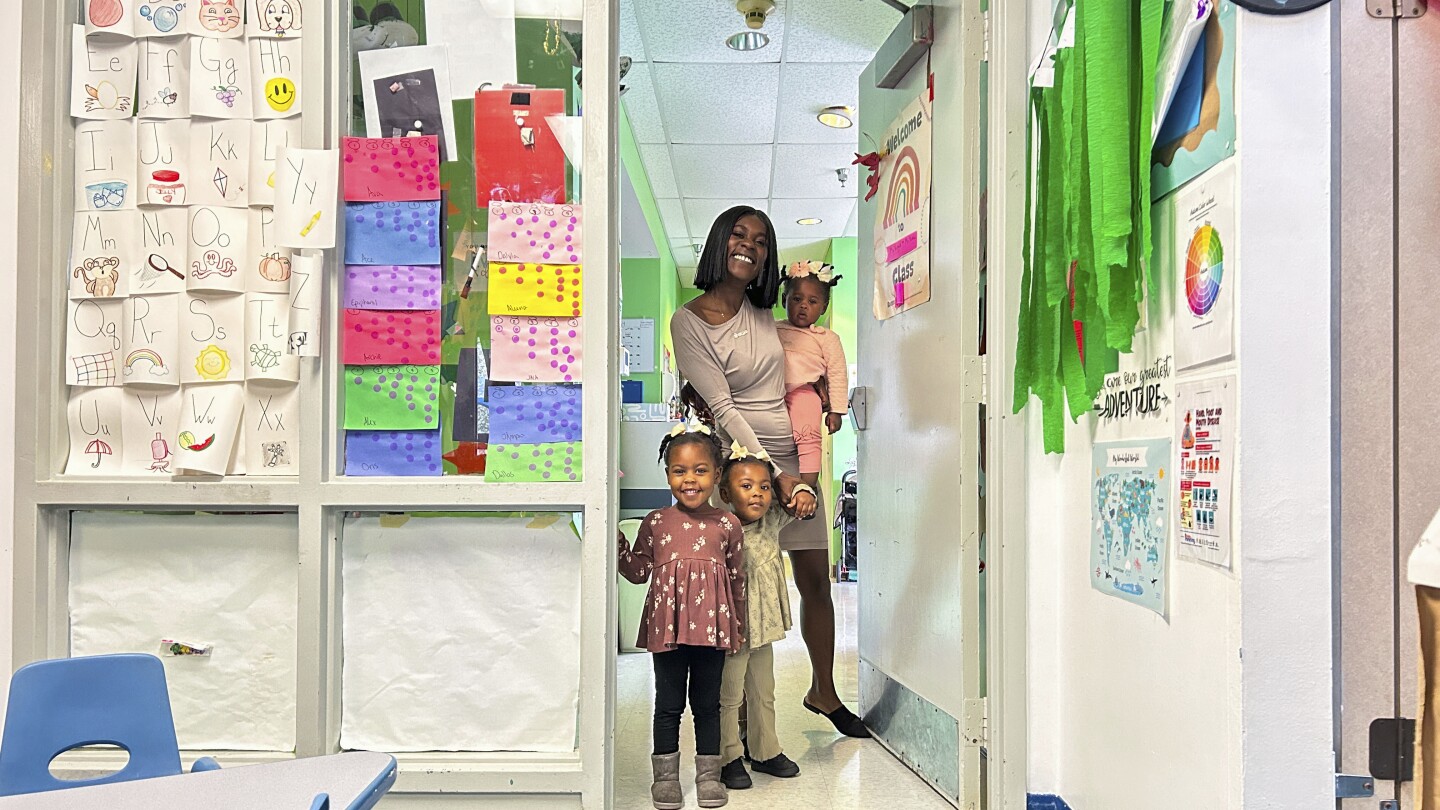…
Last year, New Orleans added more than 1,000 child care seats for low-income families after voters approved a historic property tax increasein 2022. The referendum raised the budget of the program seven-fold — from $3 million to $21 million a year for 20 years. Because Louisiana’s early childhood fund matches money raised locally for child care, the city gets an additional $21 million to help families find care.
New Orleans is part of a growing trend of communities passing ballot measures to expand access to child care. In Whatcom County, Washington, a property tax increase added $10 million for child care and children’s mental health to the county’s annual budget. A marijuana sales tax approved last year by voters in Anchorage, Alaska, will generate more than $5 million for early childhood programs.
The state of Texas has taken a somewhat different tack. In November, voters approved a state constitutional amendment that allows tax relief for qualifying child care providers. Under this provision, cities and counties can choose to exempt a child care center from paying all or some of its property taxes. Dallas was among the first city-and-county combo in Texas to provide the tax break.



deleted by creator
First a lot more administrative tasks are added to the educators. More paperwork, more reports, more bureaucracy, permits, rules. Then more people are hired to handle the paperwork and stuff. In the end, more money disappears into bureaucracy.
What the fuck is up with lack of school supplies? Every teacher that I have ever known has always spent at least a grand or two of their own money to provide basic school supplies.
The US expects parents to provide supplies for their children, but many can’t or don’t. This leaves the teacher in the hard place of having to use their own limited personal budget to buy supplies for those children or for them to have these kids in their classes without basics like notebooks and pencils. Teachers care about their students, so they sacrifice their own money to provide for these children.